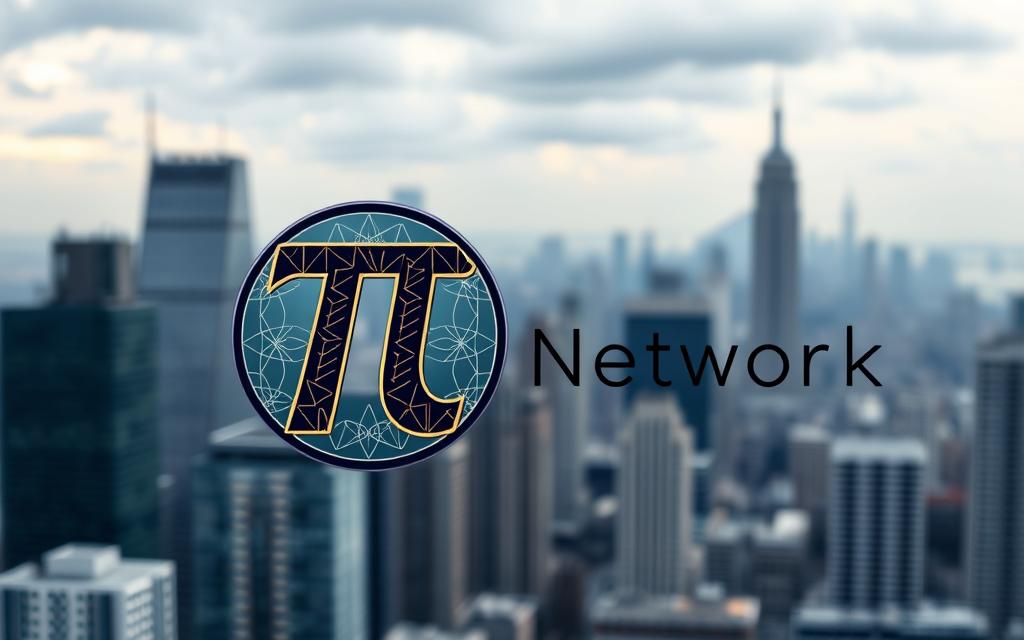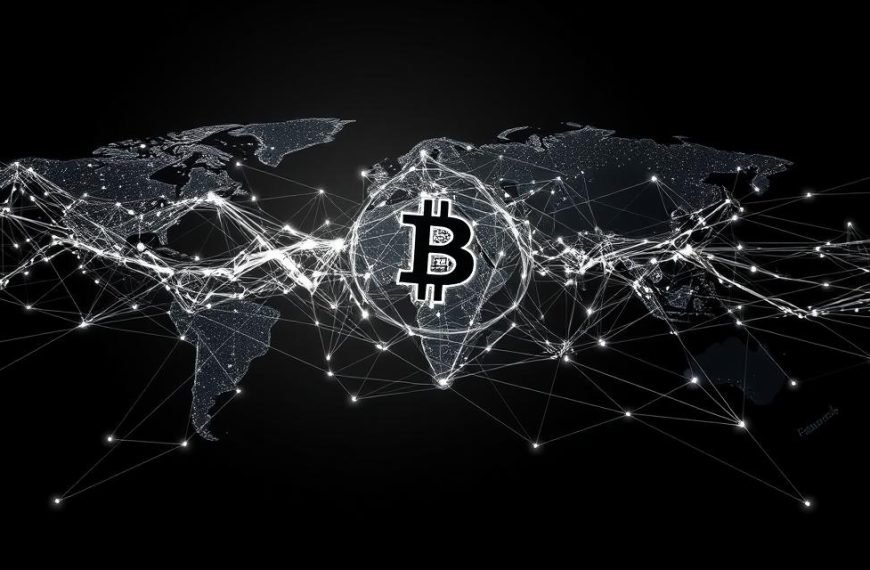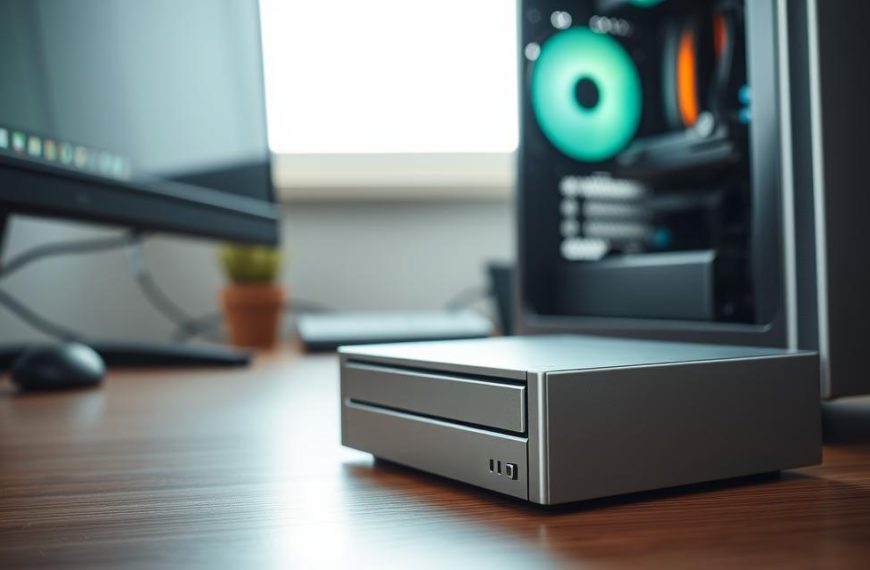Launched on March 14, 2019, by Stanford graduates, Pi Network has gained significant attention for its innovative approach to digital currency. Unlike traditional mining methods, this project focuses on a mobile-first strategy, allowing users to earn tokens through a simple app. With over 110 million installations as of February 2025, it aims to create an inclusive peer-to-peer ecosystem.
Despite its growing user base, the network faces skepticism. Critics question its funding transparency and raise concerns about pyramid scheme accusations. The upcoming mainnet launch is seen as a critical milestone to address these legitimacy issues.
Founder credentials add credibility, but the project’s energy-efficient model contrasts sharply with traditional cryptocurrency mining. As Pi Network continues to evolve, its ability to balance ambition with transparency will determine its long-term success.
Introduction to Pi Network
Pi Network redefines digital currency by enabling mobile mining for everyday users. This innovative blockchain project allows individuals to earn tokens directly from their smartphones, making it accessible to millions worldwide.
What is Pi Network?
Pi Network stands out as the first digital currency mined on mobile devices. Founded by Stanford PhDs Nicolas Kokkalis and Chengdiao Fan, the project aims to simplify blockchain technology. Unlike traditional methods, it eliminates the need for expensive hardware, offering a user-friendly app for token distribution.
The development roadmap includes three phases: pre-mainnet, testnet, and mainnet. Currently, the network operates in the testnet phase, with over 10 million migrated accounts. However, external transactions remain restricted during this stage.
Pi Network’s Vision and Goals
Pi Network envisions a decentralized Web3 app ecosystem, empowering users to engage with blockchain technology effortlessly. Its energy-efficient model reduces consumption by 99% compared to Bitcoin mining, aligning with global sustainability goals.
The token distribution model rewards users for their active participation. This approach fosters a strong community while addressing traditional cryptocurrency barriers. Despite regulatory uncertainties, the project boasts a $2.72 billion market cap, reflecting its growing influence.
| Feature | Pi Network | Traditional Crypto |
|---|---|---|
| Accessibility | Mobile-first, no hardware required | Requires specialized equipment |
| Energy Efficiency | 99% reduction in energy use | High energy consumption |
| User Engagement | Token rewards for active participation | Limited incentives for users |
How Pi Network Works
With a focus on accessibility, Pi Network enables users mine tokens effortlessly. Unlike traditional methods, this process requires no hardware or significant energy consumption. Instead, users can earn tokens directly from their smartphones, making it a revolutionary approach in the ecosystem of digital currencies.
Mining Pi Coins on Mobile Devices
The mining mechanics are straightforward. Users simply tap a lightning button once daily to activate the process. This eliminates the need for expensive equipment or technical expertise. Mining rates vary from 0.2 to 1.6 Pi per hour, depending on when a user joined the network.
Four distinct roles define user participation: Pioneer, Contributor, Ambassador, and Node. Each role offers unique benefits, encouraging active engagement within the ecosystem. Ambassadors, for instance, earn 25% referral bonuses, fostering a community-driven growth model.
The Role of the Pi Network App
The app serves as the backbone of the network. It introduces a security circle concept, where users add 3-5 trusted contacts to enhance network integrity. Additionally, the Pi Browser integrates a dual ad/reward system, further enriching the user experience.
Contrasting traditional Proof-of-Work (PoW) or Proof-of-Stake (PoS) mechanisms, mobile mining minimizes battery and data usage. The app also includes KYC requirements, ensuring secure migration to the mainnet. This streamlined approach positions Pi Network as a leader in accessible digital currency solutions.
Pi Network’s Consensus Algorithm
Pi Network leverages a unique consensus mechanism to ensure secure and efficient transactions. Unlike traditional blockchain systems, it relies on a modified Stellar Consensus Protocol (SCP), which emphasizes trust networks over computational power. This approach not only enhances scalability but also reduces energy consumption significantly.
Stellar Consensus Protocol Explained
The SCP operates on a federated Byzantine agreement system. This means that nodes validate transactions based on trust relationships rather than solving complex mathematical problems. Developed by Professor David Mazieres of Stanford University, the protocol was initially designed for the Stellar Network.
Key features of SCP include:
- Energy Efficiency: Consensus is achieved without energy-intensive mining.
- Decentralization: Nodes maintain their own trust relationships, ensuring a distributed network.
- Security: Cryptographic signatures and quorum slices provide robust protection.
- Scalability: The system can handle rapid growth while maintaining efficiency.
“The Stellar Consensus Protocol represents a paradigm shift in how blockchain networks achieve consensus, focusing on trust and efficiency over computational power.”
How Pi Network Ensures Security
Security is a cornerstone of Pi Network’s design. The system uses cryptographic signatures to validate transactions, ensuring immutability. Additionally, the security circle concept allows users to form trust clusters, further enhancing network integrity.
Anti-bot measures, such as daily check-ins, prevent fraudulent activity. While the network lacks third-party code audits, its testnet/mainnet transition protocols aim to address potential vulnerabilities. For a deeper dive into the technology behind Pi Network’s consensus algorithm, visit this detailed analysis.
| Feature | Pi Network (SCP) | Bitcoin (PoW) |
|---|---|---|
| Energy Use | Minimal | High |
| Validation Method | Trust Networks | Computational Power |
| Scalability | High | Limited |
Is Pi a Valid Cryptocurrency?
The debate over Pi Network’s legitimacy continues to spark discussions among crypto enthusiasts and experts alike. While the project boasts a massive user base and innovative features, questions remain about its utility and long-term viability.
Current Status of Pi Coins
Currently, Pi coins are not listed on major exchanges like Binance or Coinbase. However, they are traded as IOUs on platforms like Gate.io and OKX, with a post-listing price of $0.737—a 62% drop from initial expectations. This lack of exchange listings raises concerns about its value and liquidity.
Real-world use cases remain limited, with minimal merchant adoption. The SEC’s Howey Test could also pose challenges, as it evaluates whether a digital asset qualifies as a security. Pi Network’s reliance on user participation and referral bonuses has drawn comparisons to pyramid schemes, further complicating its legitimacy.
Future Potential of Pi Network
The upcoming mainnet launch is seen as a critical milestone. It could enhance liquidity and provide clearer insights into the network’s utility. Fortune India projects a potential valuation of $500 by 2030, driven by its scalable model and energy-efficient design.
However, challenges persist. Bybit’s CEO has accused the project of being a scam, contrasting sharply with community optimism. Tokenomics, including a 1B user halving schedule, aim to balance supply and demand. Yet, merchant adoption and regulatory hurdles remain significant barriers.
Comparisons to Ethereum highlight Pi Network’s potential for smart contract capabilities. If successful, it could carve out a niche in the decentralized finance space. For now, the project’s future hinges on its ability to address skepticism and deliver on its promises.
Pi Network’s Mining Process
Pi Network introduces a mobile-first mining process, making it accessible to everyday users. Unlike traditional methods, this approach eliminates the need for expensive hardware, allowing individuals to participate directly from their smartphones.
How Users Mine Pi Coins
The mining mechanics are straightforward. Users simply tap a lightning button once daily to activate the process. Early miners hold significant reserves, with some accumulating over 1,000 Pi coins. Mining rates decrease as the network grows, halving at user milestones to maintain balance.
Key steps include:
- Downloading the Pi Network app.
- Completing daily check-ins to stay active.
- Building a security circle to boost mining rates.
This simplicity ensures that even non-technical users can participate effectively.
Roles in the Pi Network Ecosystem
Four distinct roles define user participation: Pioneer, Contributor, Ambassador, and Node. Each role offers unique benefits, encouraging active engagement within the ecosystem.
Ambassadors earn referral bonuses, while Node operators test open-source validators to ensure network integrity. Pioneers and Contributors focus on daily mining and security circle participation, fostering a community-driven growth model.
Despite its decentralized design, concerns about mining centralization risks persist. However, the voucher-to-token conversion process and reward depreciation schedule aim to balance supply and demand, ensuring long-term sustainability.
Concerns About Pi Network’s Legitimacy
Critics have raised serious concerns about Pi Network’s operations. While the project has gained millions of users, questions about its transparency and compliance with regulatory standards persist. These issues have fueled debates about its long-term viability.
Lack of Transparency
One major issue is the absence of verifiable funding disclosures. Unlike traditional projects, Pi Network has not provided clear details about its financial backing. This lack of transparency raises questions about its sustainability and trustworthiness.
Additionally, the whitepaper has been criticized for technical deficiencies. Experts argue that it lacks depth in explaining key mechanisms, such as the kyc process and token distribution. These gaps contribute to skepticism among investors and analysts.
Pyramid Scheme Accusations
Another significant concern is the comparison to multi-level marketing (MLM) structures. The referral-based reward system has led some to label it a scheme. While the network denies these claims, the similarity to MLM models has not gone unnoticed.
Bybit’s CEO has publicly warned users about potential fraud, further fueling these accusations. The lack of institutional investors and reliance on user participation add to the skepticism.
Funding and Regulatory Concerns
Regulatory scrutiny is another hurdle. Indonesia has declared Pi Network illegal, citing regulatory non-compliance. This ban highlights the challenges the project faces in gaining global acceptance.
Token pre-mining and founder compensation structures have also been criticized. These practices raise concerns about fairness and consumer protection. As the network evolves, addressing these issues will be crucial for its legitimacy.
Pi Network’s Mainnet Launch
The upcoming mainnet launch marks a pivotal moment for Pi Network, shaping its future in the blockchain space. Scheduled for February 20, 2025, this transition from the testnet to the mainnet phase is expected to unlock new opportunities for users and investors alike.
What the Mainnet Launch Means
The mainnet launch signifies the network’s transition to a fully operational blockchain. Unlike the testnet, which was limited to internal transactions, the mainnet will enable external trading and real-world use cases. This shift is crucial for validating the network’s tokens and establishing their market value.
Key differences between the testnet and mainnet include enhanced security protocols, improved scalability, and the ability to integrate with major exchanges. The migration process involves transferring over 10 million tokens from the testnet to the mainnet, ensuring a seamless transition for users.
Implications for Pi Coin Trading
The mainnet launch is expected to significantly impact trading dynamics. With external transactions enabled, tokens will become more liquid, potentially stabilizing their price. However, the fluctuation from $1.97 to $0.737 highlights the volatility that may persist post-launch.
Listing on major exchanges will be a critical factor in determining the network’s success. Cross-chain integration plans and smart contract capabilities could further enhance its appeal. Node operators will play a vital role in maintaining network integrity, while wallet security upgrades will ensure user confidence.
Market maker participation and merchant adoption will also influence the network’s growth. Drawing parallels with Ethereum’s mainnet history, Pi Network has the potential to carve out a niche in the decentralized finance space, provided it addresses existing challenges effectively.
Pi Network’s Market Performance
Pi Network’s debut on major exchanges sparked intense scrutiny, with its price experiencing a dramatic drop shortly after listing. The token’s value plummeted by 62.63% on its first day, raising questions about its market stability and long-term potential.
Initial Listing and Price Drop
The initial listing saw the token reach a peak of $1.97 before crashing to $0.737. Several factors contributed to this decline:
- Early miners sold off their holdings, creating significant sell pressure.
- The absence of a Binance listing limited liquidity and accessibility.
- Limited real-world utility reduced investor confidence in the token’s value.
This volatility mirrors Bitcoin’s early days, where sharp fluctuations were common. However, unlike Bitcoin, Pi Network’s lack of established use cases amplified the price drop. For a detailed analysis of the crash, visit this link.
Expert Opinions on Pi’s Future Value
Despite the rocky start, some experts remain optimistic. Kim H Wong predicts that Pi Network could exceed $500 by 2030, driven by mainstream adoption and its scalable model. This projection aligns with CoinSwitch’s forecast of Bitcoin reaching $102K, highlighting the potential for growth in the crypto space.
“Pi Network’s energy-efficient design and user-friendly approach position it as a strong contender in the decentralized finance ecosystem.”
However, challenges like regulatory scrutiny and limited merchant adoption could hinder its progress. The token’s future value will depend on its ability to address these barriers and deliver on its promises.
Conclusion
As Pi Network approaches its next phase, the focus shifts to its ability to balance innovation with transparency. The upcoming mainnet launch will be a defining moment, determining whether the network can transition from promise to practicality. While its energy-efficient model and mobile-first approach are commendable, regulatory scrutiny and transparency concerns remain significant hurdles.
The project’s future hinges on addressing these challenges. Community growth has been impressive, but price volatility and limited real-world use cases raise questions about its validity. Investors and users should monitor exchange listings and merchant adoption closely, as these will be critical indicators of success.
Ultimately, Pi Network’s potential is undeniable, but risks persist. Emphasizing due diligence (DYOR) is essential for anyone considering participation. The next few years will reveal whether this cryptocurrency can carve out a lasting niche in the blockchain ecosystem.












